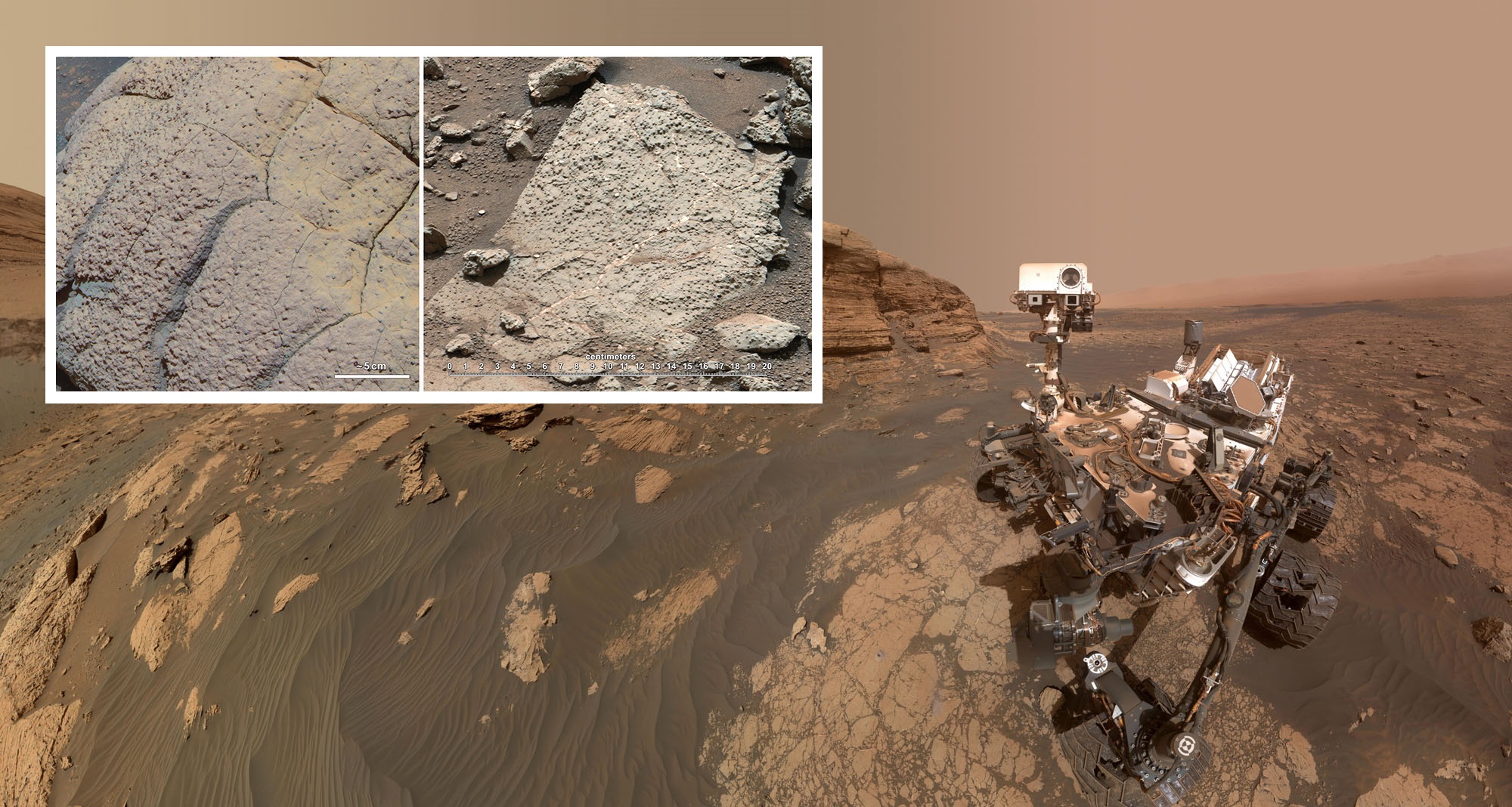As far as we know, carbon is essential for life. As a result, any significant carbon signature found on the surface of Mars might suggest biological activity.
Is a high carbon signal in Martian rocks indicative of life processes?
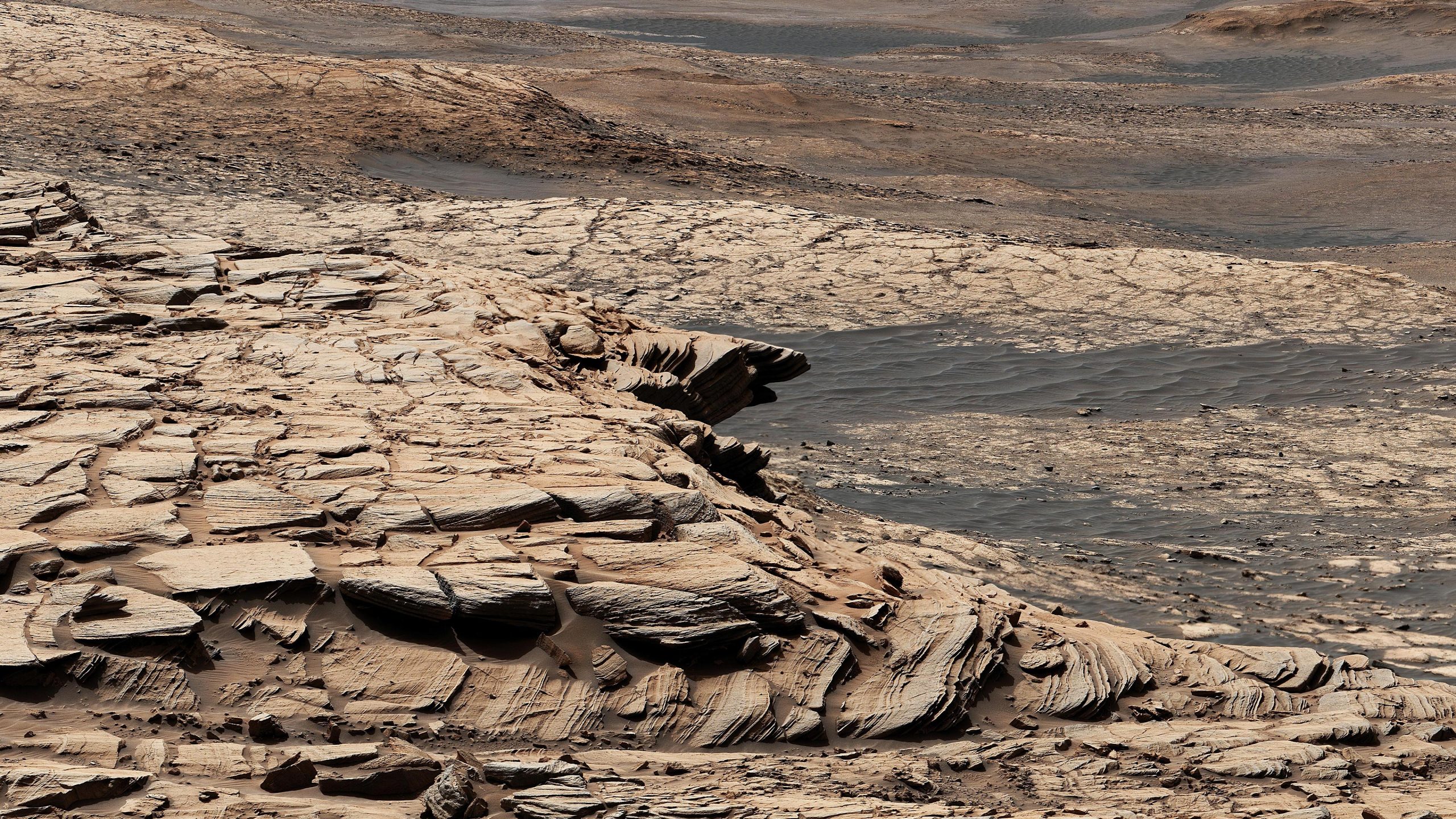
When you are looking for life, a strong carbon signal is exciting. It exists in all types of life that we are aware of. However, there are several forms of carbon, and carbon may accumulate in the environment for a variety of reasons. Carbon fingerprints may not always imply the presence of life.
The number of protons in a carbon atom is always six, although the number of neutrons might vary. Isotopes are carbon atoms with variable quantities of neutrons.
C12 and C13, both stable, and C14 radioactive, are the three carbon isotopes found in nature. Six neutrons make up C12, seven neutrons make up C13, and eight neutrons make up C14.
Life favors the carbon isotope C12 when it comes to carbon isotopes. It is used in photosynthesis and food metabolism. The rationale is straightforward.
Because C12 has one less neutron than C13, it forms fewer connections when it interacts with other atoms to form molecules than C13 does in the identical scenario. Life is basically lazy, and it will constantly look for the simplest solution.
Because it makes fewer bonds than C13, C12 is simpler to employ. It is less difficult to get than C13 because life never chooses the difficult path when an easier one exists.
In Mars’ Gale crater, the Curiosity rover is hard at work looking for evidence of life. It drills through the rock, removes a pulverized sample, and deposits it in its onboard chemical lab.
SAM stands for Sample Analysis at Mars, and it is the name of Curiosity’s lab. The rover bakes the sample and converts the carbon in the rock into methane via pyrolysis within SAM. To avoid contamination, the pyrolysis is carried out in a stream of inert helium. The Tunable Laser Spectrometer is then used to probe the gas to determine which carbon isotopes are present in the methane.
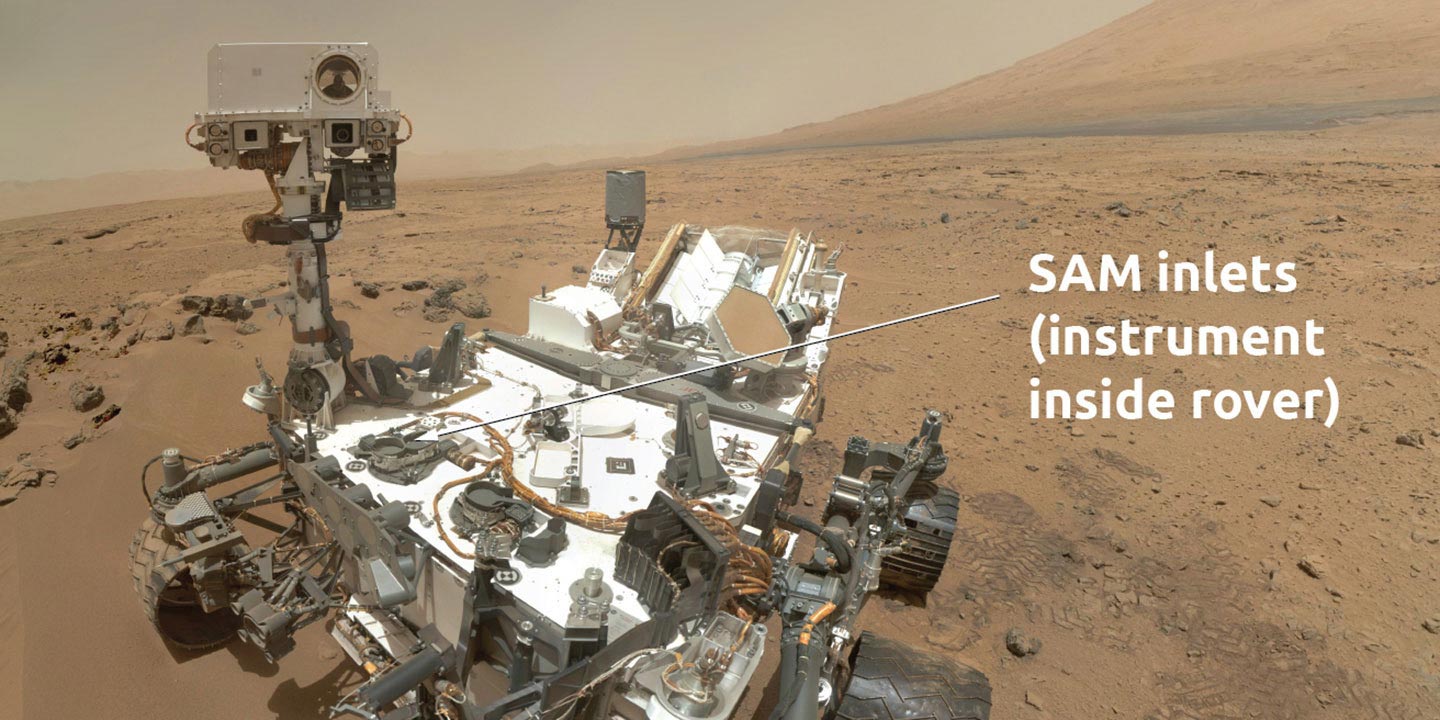
Curiosity’s SAM team used this approach to examine 24 rock samples and just uncovered something interesting. Six of the samples had abnormally high C12/C13 ratios.
The samples from these six locations have more than 70 parts per thousand higher C12 than an Earth-based reference standard for C12/C13 ratios. C12 accounts for 98.93 percent of carbon on Earth, with C13 accounting for the remaining 1.07 percent.
The results were revealed in recent research published in the Proceedings of the National Academy of Sciences (PNAS). “Depleted carbon isotope compositions detected in Gale crater, Mars” is the title of the paper. Christopher House, a Curiosity scientist at Penn State University, is the primary author.
It is a fascinating discovery, and if the same findings were acquired on Earth, they would indicate that the abundance of C12 was caused by a living mechanism.
Surface microorganisms created methane as a byproduct on early Earth. They are termed methanogens, and they are Archaea domain prokaryotes. Methanogens may still be found today in anoxic wetlands, ruminant digestive systems, and severe conditions such as hot springs.
These bacteria create methane, which interacts with UV light and enters the atmosphere. These interactions result in the formation of more complex molecules, which then rain down on the Earth’s surface. They, together with their carbon traces, are retained in Earth rocks. It is possible that something similar occurred on Mars, which would explain Curiosity’s results.
However, this is Mars. If there is one thing the history of the quest for life on Mars has taught us, it is not to get ahead of ourselves.
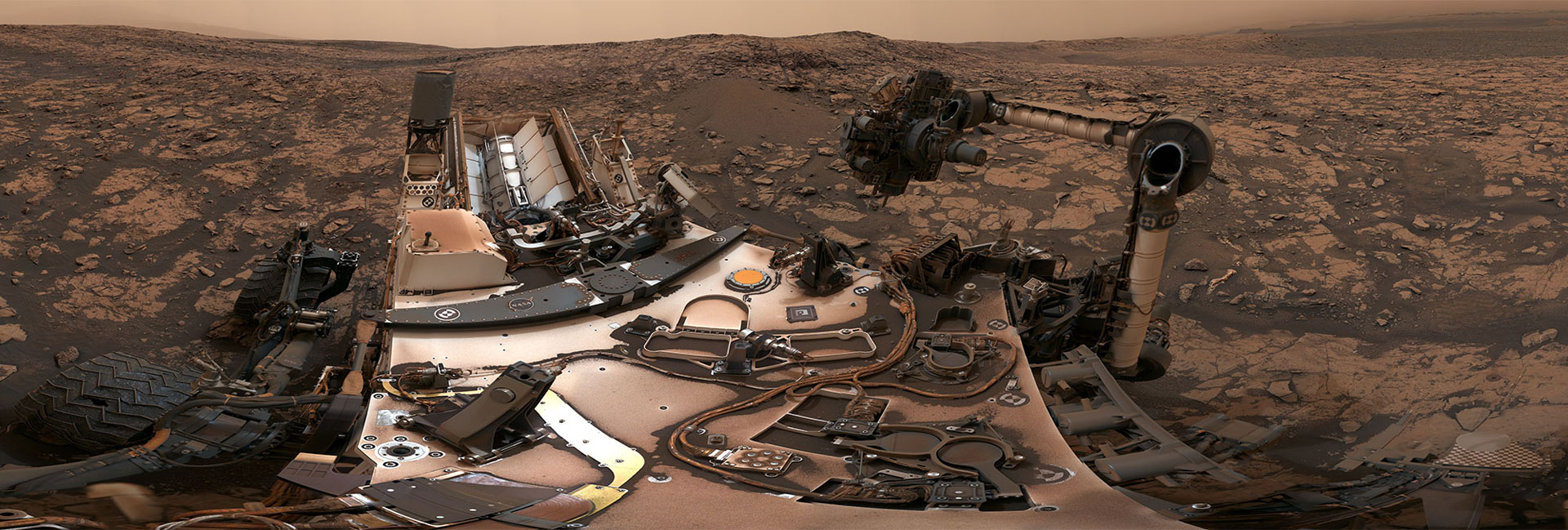
“We are discovering tantalizingly fascinating things on Mars,” said Paul Mahaffy, former chief scientist for Curiosity’s Sample Analysis at Mars lab. “But we would really need more proof to conclude we had detected life.” “So, if it is not life, we are looking at what else may have created the carbon signature we are seeing.”
“There are several conceivable reasons for the anomalously reduced 13C discovered in evolved methane,” the scientists write in their report, “but no one explanation can be accepted without more investigation.”
Our so-called Earth bias is one of the challenges in comprehending carbon fingerprints like this one. Earth provides the foundation for most of what scientists know about atmospheric chemistry and related topics.
As a result, scientists may find it difficult to keep their minds open to new possibilities that may not exist on Mars when it comes to this newly discovered carbon signature. This is based on the history of the quest for life on Mars.
“The most difficult aspect is letting go of Earth and the bias that we have and really trying to get into the foundations of the chemistry, physics, and environmental processes on Mars,” said Goddard astrobiologist Jennifer L. Eigenbrode, who took part in the carbon research. Eigenbrode previously led an international team of Curiosity scientists in the discovery of a wide range of organic compounds on the Martian surface.
Eigenbrode said, “We need to broaden our thoughts and look beyond the box, and that is what this study accomplishes.”
In their report, the researchers suggest two non-biological reasons for the odd carbon signature. Molecular clouds are one of them.
Our Solar System went through a molecular cloud hundreds of millions of years ago, according to the molecular cloud theory. Although this is a rare occurrence, it occurs once per 100 million years, so scientists cannot rule it out.
Molecular clouds are typically made up of molecular hydrogen, but one in Gale Crater may have been particularly rich in the sort of lighter carbon found by Curiosity.
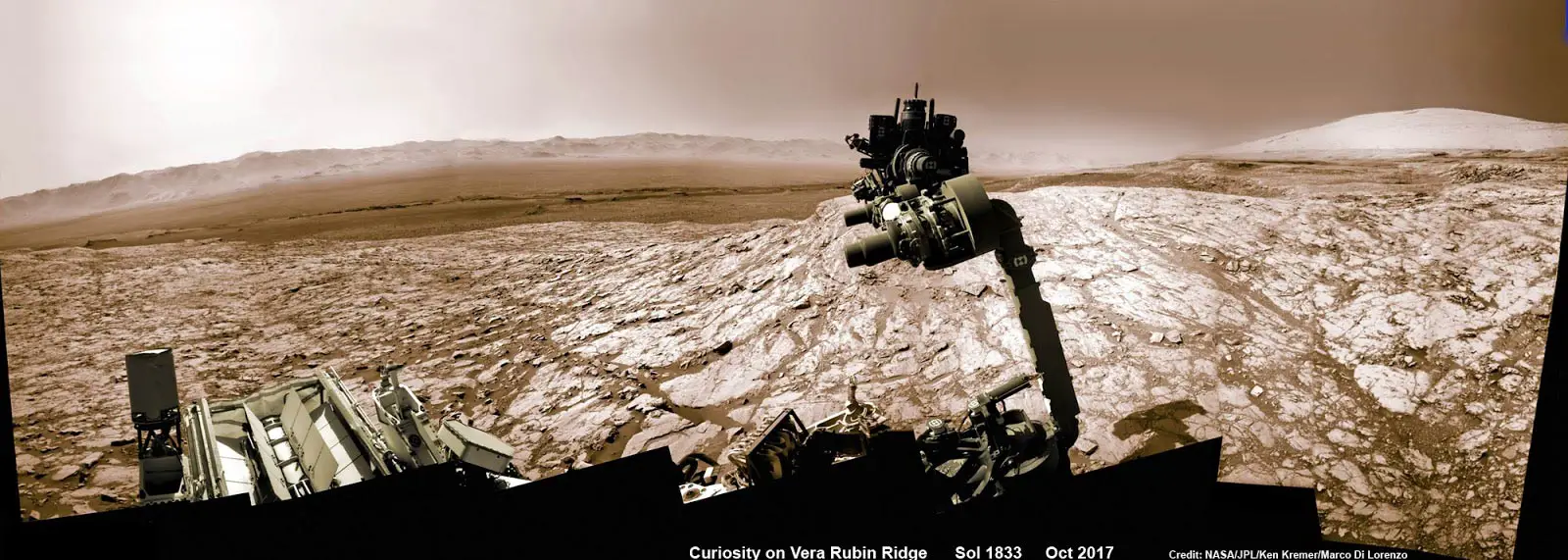
In this scenario, the cloud would have caused Mars to cool substantially, resulting in glaciers. Because of the cooling and glacial, the lighter carbon in the molecular clouds would not have mixed with the rest of Mars’ carbon, resulting in deposits of increased C12. “Glacial melt during the glacial epoch and ice retreat thereafter should leave interstellar dust particles on the glacial geomorphological surface,” according to the report.
Curiosity discovered some of the heightened C12 levels at the summits of ridges, such as the top of Vera Rubin Ridge, and other high spots in Gale Crater, which supports the concept. According to the article, the samples were collected from “a diversity of lithologies (mudstone, sand, and sandstone) and are temporally distributed across the mission activities to date.” Nonetheless, the molecular cloud idea is an improbable series of occurrences.
Ultraviolet light is the other non-biological idea. The atmosphere of Mars contains over 95% carbon dioxide, and UV radiation would have reacted with the carbon dioxide gas in the atmosphere to produce new carbon-containing molecules in this scenario.
The molecules would have showered down on Mars’ surface, becoming ingrained in the rock. This theory is comparable to how methanogens make C12 indirectly on Earth, except it is completely abiotic.
“All three interpretations suit the data,” said Christopher House, the study’s primary author. “All we need now is additional information to rule them in or out.”
“Biological activities on Earth would create the carbon signal we are observing on Mars,” House said. “We need to figure out whether the same reason applies to Mars or if there are other possibilities since Mars is so different.”
C12 levels were abnormally high in almost half of the Curiosity samples. They are not only greater than the Earth’s ratio but also higher than the ratios discovered in Martian meteorites and the Martian atmosphere.
The samples were collected from five different places in Gale Crater, and they all had one thing in common: old, well-preserved surfaces.
The results are “tantalizingly intriguing,” as Paul Mahaffy put them. However, scientists are constantly learning about Mars’ carbon cycle, and there is still a lot we do not know.
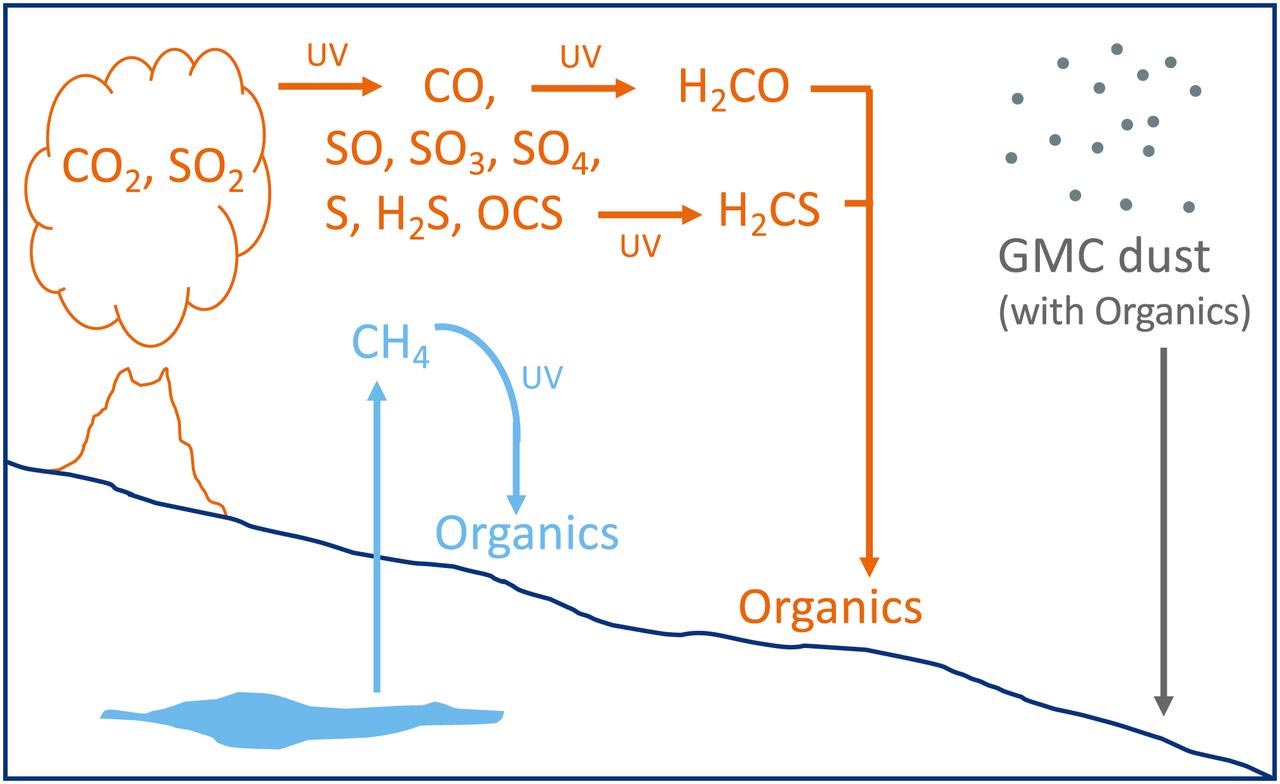
It is all too easy to draw assumptions about Mars’ carbon cycle based on Earth’s. Carbon, on the other hand, may cycle across Mars in ways we have not yet imagined. Whether or if this carbon signature turns out to be an indication of life, it is still useful information for comprehending Mars’ carbon signature.
“Knowing how life can fit into the carbon cycle on Mars is really critical,” said Andrew Steele, a Curiosity scientist at the Carnegie Institution for Science in Washington, D.C. “We have done it successfully on Earth, but we are just now starting to define that cycle for Mars.”
However, inferring information about Mars from the carbon cycle on Earth is difficult. “There is a significant piece of the carbon cycle on Earth that includes life, and because of life, there is a chunk of the carbon cycle on Earth we can not comprehend because there is life wherever we look,” Steele added.
Curiosity is still operating on Mars and will continue to do so for some time. The significance of these samples, as well as a deeper knowledge of Mars’ carbon cycle, will be revealed in the coming months. Curiosity will collect additional rock samples in order to determine carbon isotope concentrations.
It will take samples of rock from other well-preserved ancient surfaces to check whether the findings are the same. It would be ideal if it came across another methane plume and sampled it, but such phenomena are unexpected, and there is no way to foresee them.
In any case, Perseverance’s sample collection at Jezero Crater will be aided by these findings. Persistence might validate comparable carbon signals and perhaps identify whether or not they are biological.

Perseverance is also collecting samples for re-entry into the Earth’s atmosphere. Scientists will be able to investigate those samples more thoroughly than the rover’s onboard lab, so who knows what we will discover.
Ancient life on Mars is a fascinating notion, but it remains questionable for the time being.
Source: Universe Today

